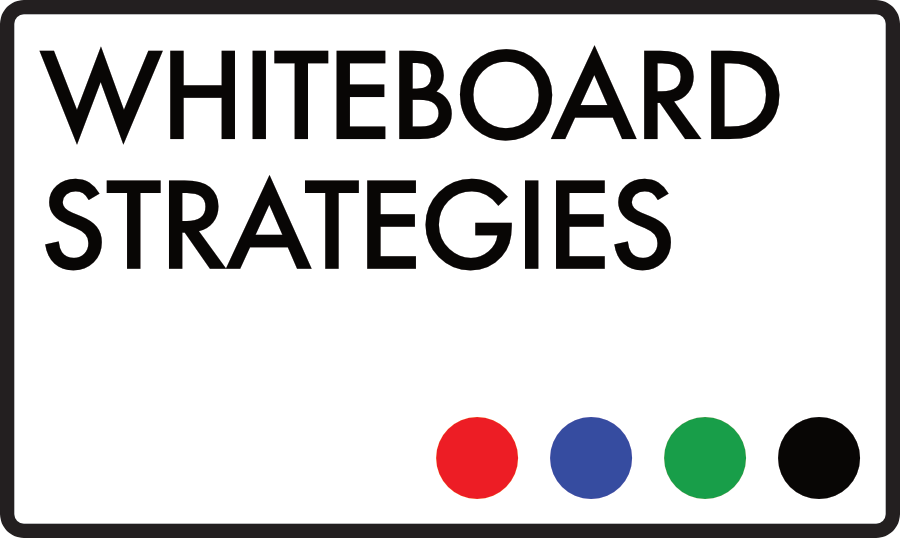Emails are too easy to ignore. We’ve all done it, and we’ve all had it done to us. Phone calls get put off or rushed, channelled through an assistant or an intern. God knows that WebEx and teleconferencing have their own set of challenges (life going on in the background, dodgy connections, everyone talking over each other…). No one has written a letter in years, and social media is useful for light conversation, observation and introduction, but not much else.
So, what’s left?
For everyone – buyers, sellers, directors, marketers, strategic managers, CTOs, CIOs, CFOs, the works – the answer is the same answer as it’s always been: face time – sitting in a room with someone and talking it out.
Despite the leaps and bounds in communication technologies and the increased accessibility of almost anyone you might want to speak with, we’re still yet to come up with a credible, effective alternative to the face-to-face meeting.
It’s easy to see why – we’re social animals with a fundamentally visual basis for understanding the world around us, including our relationships. We naturally connect with and understand people better when we can see them, speak to them, react to them in real time. When you’re in a room with someone, you can’t help but hold their focus in a way that you would struggle to from the other end of a phone line, and you simply couldn’t by email.
So why are businesses today so willing to throw away face time with customers in favour of email, phone calls and social media connections? In short, because businesses are prone to taking the path of least resistance, even where it’s damaging to them, and often favour short-term ease over long-term effectiveness. It’s cheaper and less time-consuming to sit in the office and get the brush off from a customer’s PA than it is to book in and attend a meeting at their offices a few hour’s drive away – so that’s what people do.
But let’s say that you have managed to book in a proper face-to-face meeting with a customer, a prospect, or a connection you’ve been trying to make for a while. How do you get the most out of that meeting? How do you maximise the value of that face-to-face time?
The answers are simple – make sure that you lead the meeting, make sure that you cover all the topics that you want to cover in that meeting, and make sure that you leave that meeting with some clearly defined actions to further the relationship you are trying to establish.
How do you achieve those three objectives? Again, disarmingly simply. Structure is the key here – ensure that you have a clear and coherent idea of what you wish to communicate with your contact, and what you want to take away from the meeting. Ensure that you’ve got at least an outline idea of how you’ll use the time you’ve got with them, how you will move them from prospect to customer, contact, or whatever it is that you want them to be by the end of it.
I’m not talking necessarily about a full whiteboard, a clearly defined and properly learned presentation selling the value of a product, service or idea – it is certainly the case that a presentation like that won’t always be appropriate – but the ideas behind a whiteboard can be useful.
You can build and lead a conversation in the same way that you would structure a more formal presentation. Start by building some authority – who are you, what are you offering, why are you worth getting to know more? Then move on to the problem or challenge that you can help to solve – talk around marketplace challenges, tensions within their organisation, or what you have found elsewhere with existing clients. Finally, move into how you would help, how you have helped other organisations, use some case studies if you can. Finish with a clear direction of movement and some clear next steps. Actions are vital – never leave a face-to-face conversation without a proper set of actions. As effective as face time is, it can peter out as easily as any other form of communication if you’re not pushing things on.
Use visuals throughout wherever you can – doodles that help you to explain or illustrate your point, if you’ve got stats or figures to use as leverage, write them down and leave them in plain view – it will help to drive your point home. The more complex the marketplace, product or idea that you’re trying to explain, the more useful you will find the power of visual communication. All you need is a notebook or pad, a pen or pencil… and if you’re really lucky they’ll have a whiteboard.
By sitting in a room with someone, you’re already leveraging the power of visual communication – you can see them, they can see you. But you can really maximise time spent with customers and prospects just by applying a bit of structure… and by really maxing out the use of visual communication.

Recent Comments